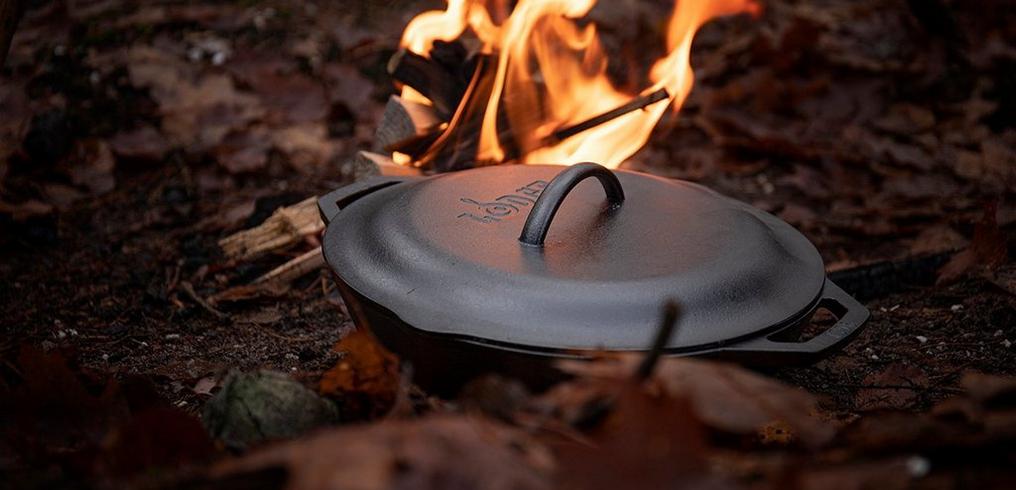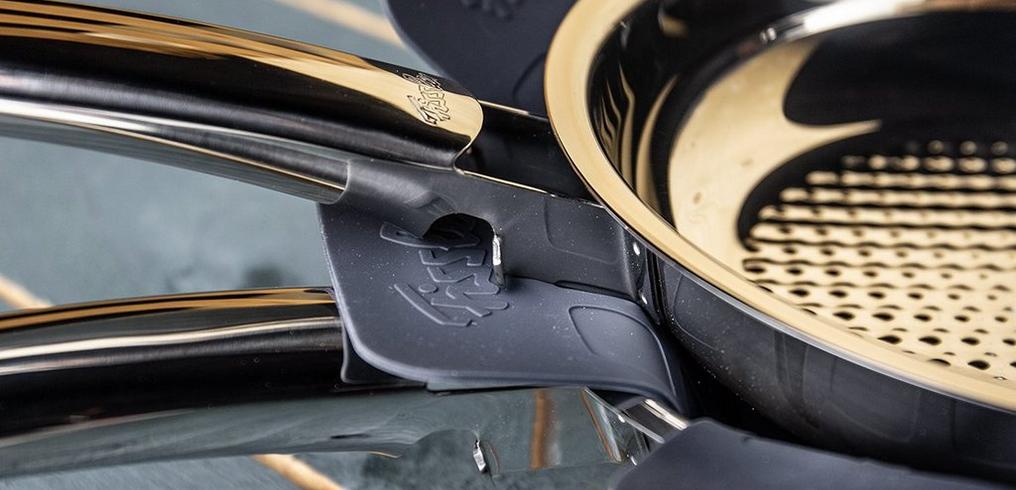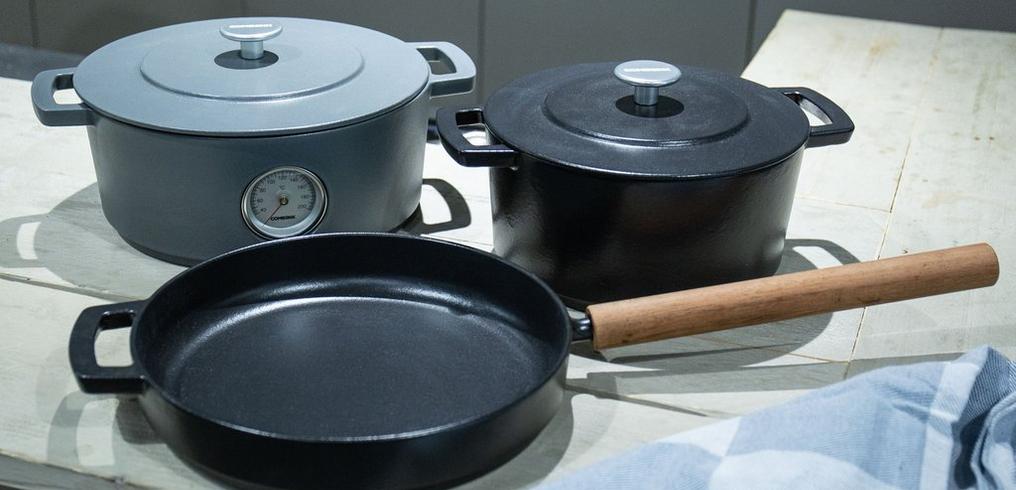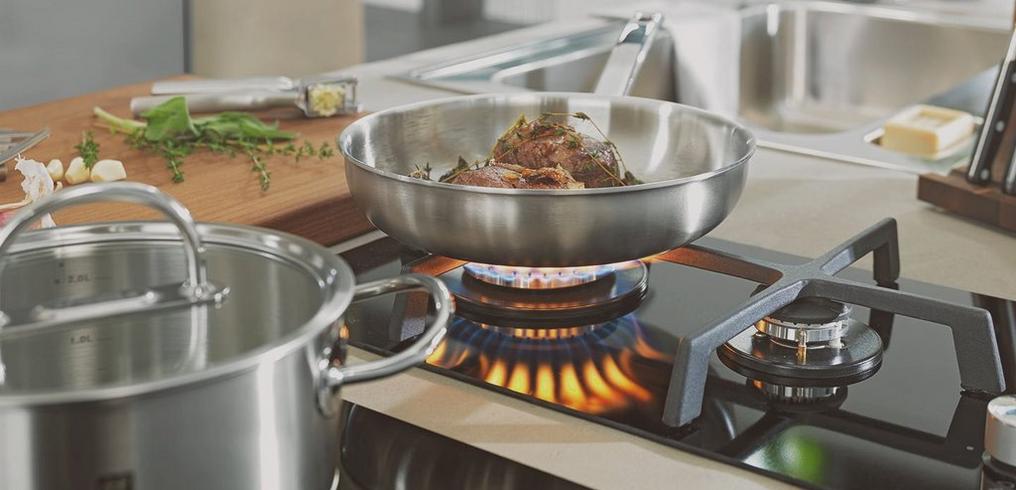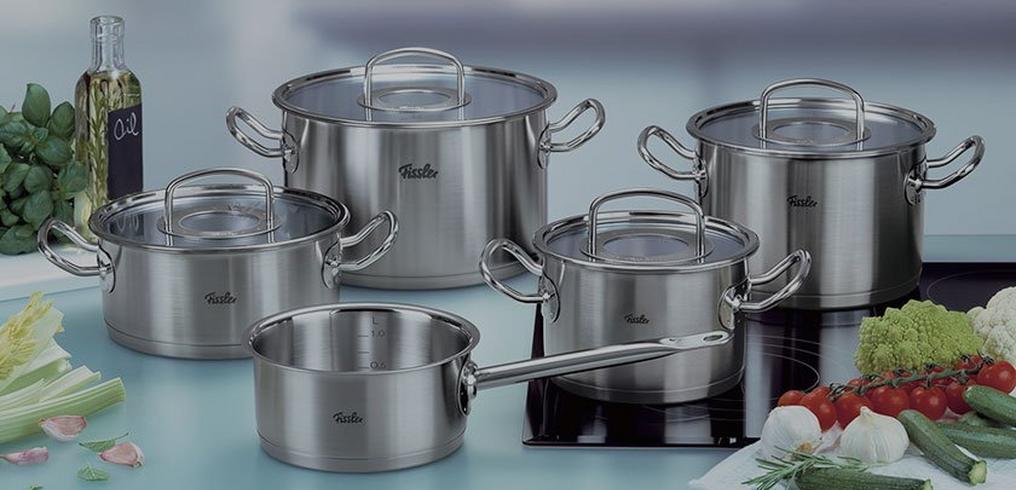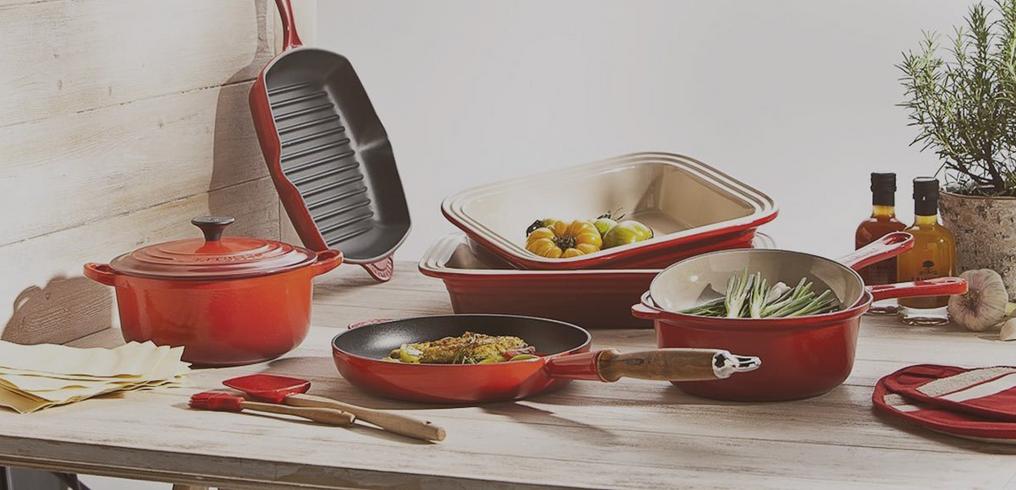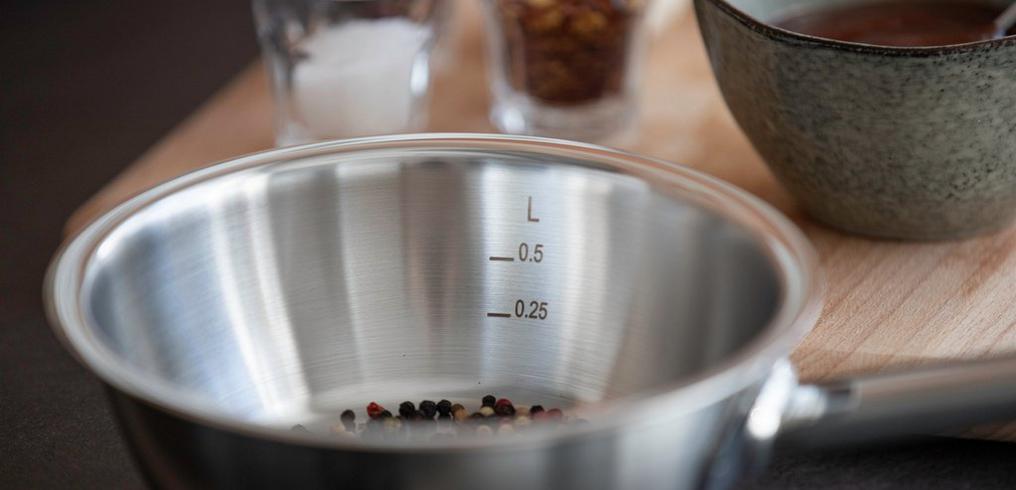Buying tips for pans
A pan or Cookware set should last a really long time so there are definitely things you need to keep an eye out for. Many different aspects are important and we have listed them below.
Look at your own kitchen and especially your stove and decide what is convenient for your kitchen. Not all pans are suitable for all heat sources for instance. More info on cooking gas, halogen, induction hobs or other means can be found here. Especially if you cook on induction you have to find out whether a pan is suitable. All pans are suitable for cooking on a gas stove.
You will be amazed about the variety of pans. There are special pans available for almost anything. Often with clear advantages, but not all strictly necessary.
A cookware set can for example exist consist of three pots and pans, a saucepan and a frying pan. A good guideline is a set of pans with a diameter of 18, 20 and 24 cm, a saucepan of 16 cm and a frying pan of 28 or 30 cm. Always keep in mind for how many people you need to cook.
Please spend time to look into the different materials that are available when buying kitchen equipment. We try to lend you a helping hand by listing these important points.
Things to keep in mind:
- Is it suitable for the heat source you are using?
- Look at the contents of a pan. Pay attention to the diameter and height.
- Look at the materials used in the pan, for instance stainless steel, copper, cast-iron, ceramic etc.
- Look at the material of the handles, cold grips, how they are attached, and if a pan for instance has a second handle making it easier to carry.
- How are the handles are attached to the pan? Are they screwed-in, riveted or welded?
- Look at the availability of a lid. Some wok pans are delivered without the lid. Some lids of small pans fit can also fit on a saucepan etc.
- Is a lid made of metal or glass? Glass offers the possibility to have a look at the content.
- Has the lid a possibility to let of steam via a separate hole? This could be, for example, useful with a frying pan.
- Is the diameter of the bottom matching the size of your heat source?
- The weight is also an important aspect in daily use, especially because a full pan is a lot heavier than an empty one. A large cast-iron pan can weigh a lot. When it has just a single handle you need to have quite some strength in your wrists to be able to work with it pleasantly.
- The shape of the edge of the pan is also important in some cases. Some pans make it virtually impossible to pour without making a mess, while others have a convenient edge that makes pouring really easy.
- Shape of the bottom of the pan is something to keep in mind as well. A rounded transition between the side and bottom ensures that you can stir easily without missing the corners.
- Some pans have measurements inside them which is really convenient.
- How does the pan look? A nice looking pan on the table is more fun to use. Carefully consider that a high-gloss pan is really nice, but is more sensitive to fingerprints. You better watch those greasy fingers!
